Get familiar with ramen
Those who appreciate Japan and decide to come there are often very fascinated by its cuisine. Whilst the image of Japanese cuisine was that of sushi and tempura bars and restaurants, inside of Japan there is another dish that is recognized as even more famous than the two priors. This dish is called “ramen”. Chosen #1 most delicious meal by foreign tourists it beat all the other meat dishes and sushi. Its fame travelled across the seas and oceans, made its way to restaurants in foreign countries and adapted to the locals’ tastes and preferences.
It is easy to get lost in Japanese streets, but tasty ramen can be found on every corner, inside of shopping mauls, down next to subway stations and on top floors of very standard looking buildings. An abundance of places to choose from may give an unexperienced person a head-ache, but we encourage you to try it out in a place that suits you.
However, we want to give you some recommendations on places you may find interesting, that can have something more to offer than their rivals. And to save you from wondering which ramen to pick (yes, there are many) we wrote you a description of all the types we know.
Gyokai-kei ramen (or seafood-broth ramen) is made with fish and shellfish such as bonito tunas, mackerels, sardines, shrimps, squids, scallops. A ramen with a strong taste and a wonderful smell that we guarantee will bring a smile to face of every seafood lover. Finding it is not easy though, because not every store sells it.
One of the most recognized retaurants and a recommendation from us is Shinjuku Niboshi Golden-gai Honkan, which located in Kabukicho, a town that never sleeps. Loved by both Japanese and foreigners, with English-speaking staff for your convenience, and open 24 hours (as expected from a store in Kabukicho). They create their amazing ramen by using exactly 50g of fish for every cup of water.
- Shinjuku Niboshi Golden-gai Honkan
- Address: Shinjuku Golden-gai (G2 street) 2F,1-1-10, Kabukicho,Shinjuku-ku,Tokyo
- Tel: 03-3205-1925
- Open: 24hr
- http://www.n-nagi.com/english/
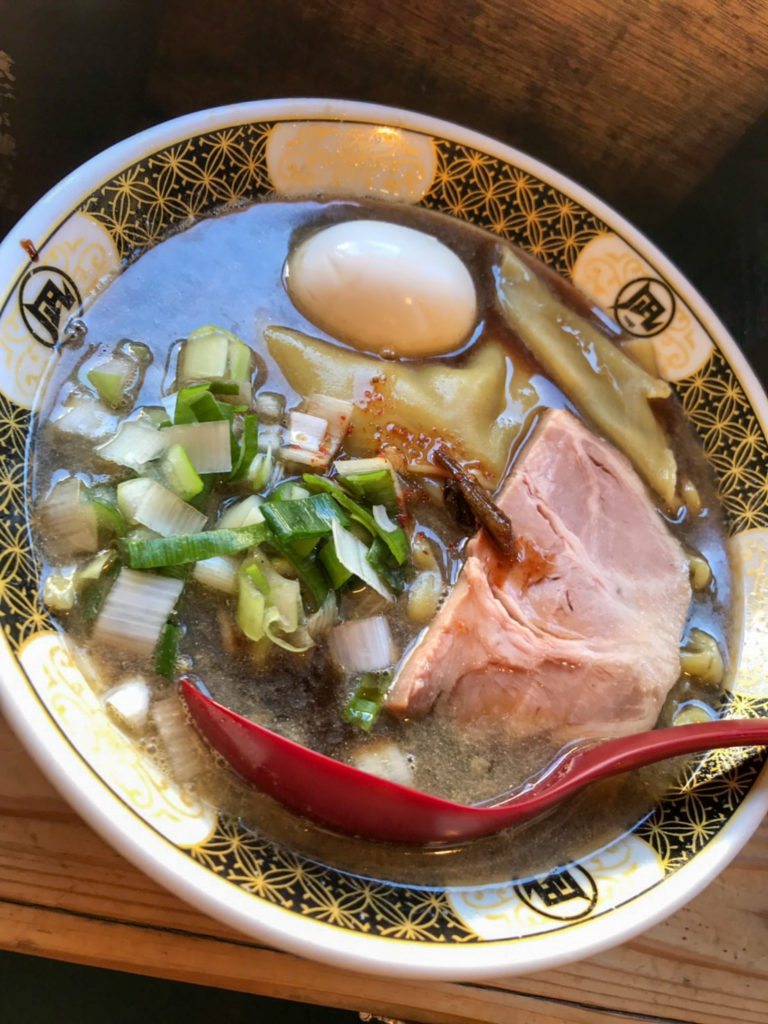
Shio ramen is a light pork and/or chicken broth with salt-based sauce and vegetable toppings. It is transparent and has a salty taste. However, its simplicity made it one of the most popular ramen types and restaurant chefs are racing for creating the best broth to get the most loyal customers. Due to its plain look, many may be doubting its great taste, but shio is wonderful because of how much love the cooks put into making it.
Another one of our favorites, RockanDo, located in East Ikebukuro 8min by walk from the station. Its specialty are the green noodles, which are made by mixing the dough with euglena. A creative idea with extra health benefits.
- RockanDo
- Address: 〒170-0013 Tokyo, Toshima-ku, Higashi-Ikebukuro 2-57-2 Cosmo Higashi Ikebukuro 101
- Tel: 03-5952-6006
- Open:
- Mon-Fri 11:30~15:00 17:30~21:00
- Sat-Sun and holidays 11:30~21:00
- http://www.echobreeze.com/rockando-tokyo/
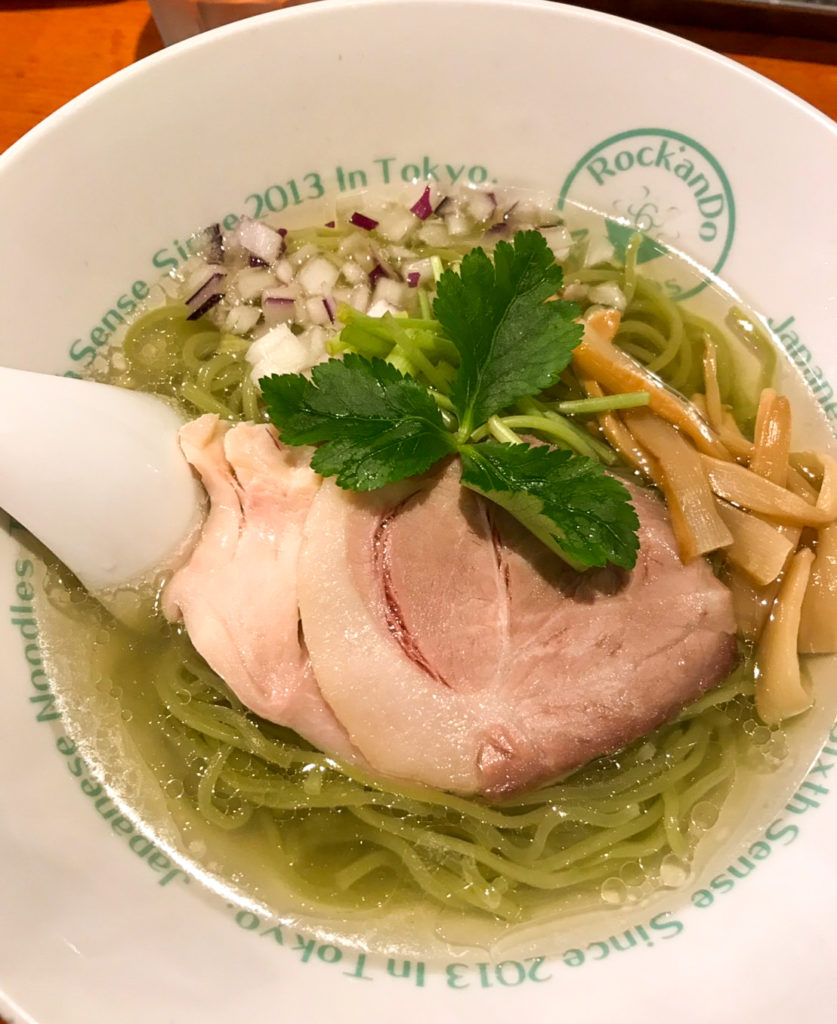
A standard for cold winter days, miso ramen is a pork bone and vegetables broth with miso paste. Filled with health benefiting nutrients, accompanied by some fatty meats and tasty noodles, it will get you back on your feet if you find yourself feeling sick. Soup’s color varies from brown to orange or even red, depending on the amount of miso and other spices used. A must-try for winter travelers in Japan.
We recommend you try it out at Noodle Shop Hanada. A place with a good reputation and high-quality standards, recognized by people who often wait in lines to enjoy its ramen. Served with thick noodles and a roasted pork fillets that have a sweet aftertaste and vegetables. Miso taste is mild and not too overwhelming giving an overall wonderful taste experience.
- Noodle Shop Hanada (Men-sho Hanada)
- Ikebukuro shop:
- Address: 〒170-0013 Tokyo, Toshima-ku, Higashi-Ikebukuro 1-23-8 ISK Building 1F
- Tel: 050-5594-4941
- Open:
- Mon-Sat 11:00〜23:00
- Sunday and holidays 11:00〜22:00
- Ueno shop:
- Address: 〒110-0005 Tokyo, Taito-ku, Ueno 6-8-6 Ueno Megane Center Building
- Tel: 03-3836-0440
- Open:
- Mon-Sat 11:00〜23:00
- Sunday and holidays 11:00〜22:00
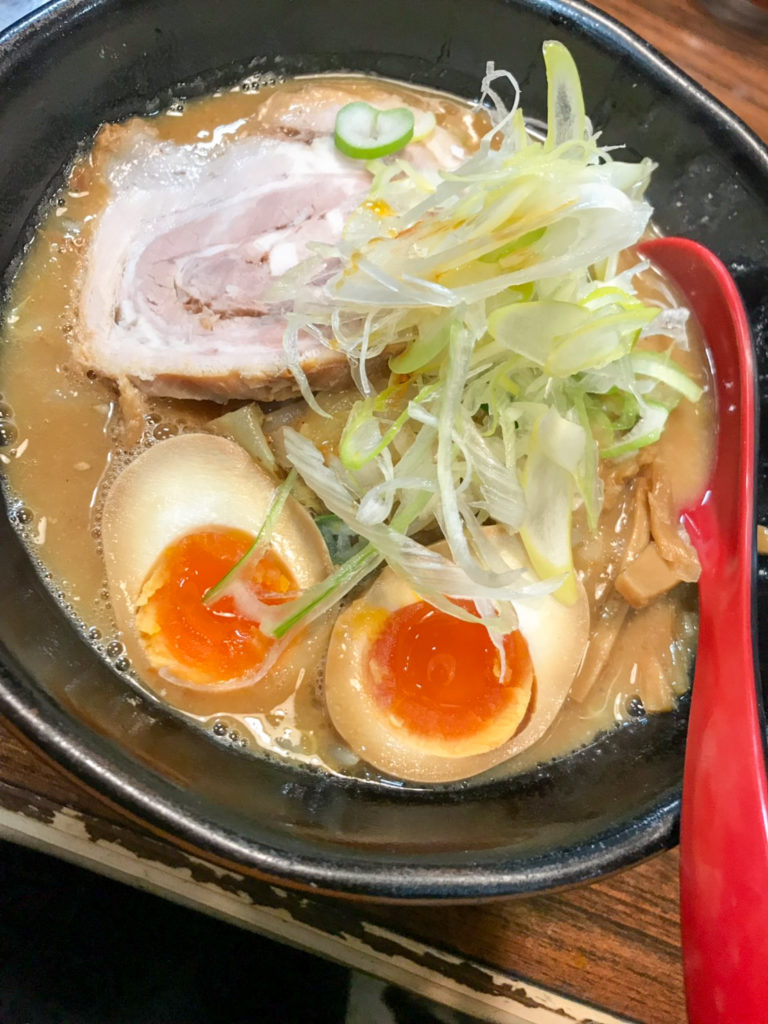
Tonkotsu ramen is made with a simmered pork bone, which depending on the temperatures in which it is cooked, can give a soup a cloudy gray color or make it transparent. Though it is tasty by itself, usually there will be a great amount of extra toppings you can choose from to suit you the best. Therefore, go crazy!
It is also a ramen type that offers its cooks the most room for creative thinking and own ideas. Tonkotsu ramen really goes beyond descriptions and is served differently almost in every shop. Its undoubtably the king of ramen with the biggest group of fans, but due to the available variations all of tonkotsu ramen fanatics have also their favourite places. Not only the beforementioned toppings and the time pork bone is being cooked is what can make tonkotsu ramen suit you, but also the spices, additional vegetables and of course the cook’s creativity affect the soup’s uniqueness.
Speaking of creativity, Nogata Hope is a unique store brand, established in 1988 in a Nakano district in Tokyo, where pork bone broth is also accompanied by a fatty meat coming from a pig’s back. Japanese call this meat “chacha”, not because it dances around in the frying pan, but because of the sound it makes when it is cut from a big chunk into smaller bits by a steel sharp net. The process is worthy of your time, an interesting amusement, a feast for eyes and delicious meal for your taste buds.
- Nogata Hope
- 1st store established in 1988:
- Address: 〒165-0027 Tokyo, Nakano-ku, Nogata 2-58-4 ISK Building 1F
- Tel: 03-3387-2886
- Open:
- Everyday 11:00AM-4:00AM
- 10min walk from Seibu Shinjuku Line Nagata Station
- 16min walk from JR Chuo Line Takadanobaba Station

Tsukemen is a set of a thick seasoned soup in one dish and wheat noodles, usually cold, served in another dish. In a way it resembles another Japanese dish called zaru soba and though the tasting experience is completely different you are supposed to eat it in a similar way. And if you have not heard of neither of them, that way is that you dunk your cold noodles in the thick soup for them to get covered in spices and then slurp them like a child does with spaghetti.
Tsukemen noodles are unlike different ramen noodles. They are supposed to be thick and their coldness will give you an enjoyable feeling of refreshment (which you will yearn for during hot summer days). Also, you do not have to be embarrassed about the slurping noise or drinking the rest of the soup straight from the bowl after you finished all the noodles. Most of the stores will even give you an additional bowl of soup for free if you ask for it.
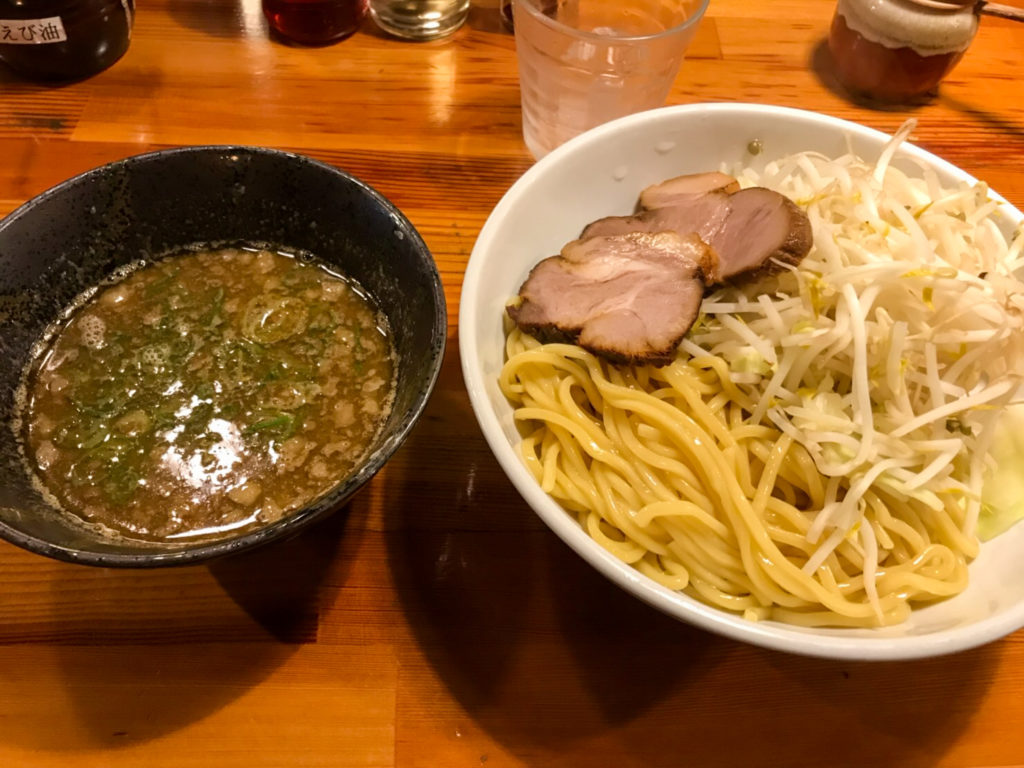
Lastly, abura soba, which we can translate to soba with oil, is a soup-less ramen with sesame oil, soy sauce, chili spices and vinegar mixed with soba noodles. Just a few toppings, sauce and noodles make for this original Tokyo-cuisine creation. A very inexpensive meal with a satisfying taste and portions.
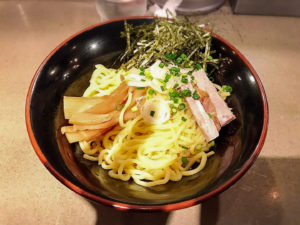
To all the ramen-fanatics, we hope that you continue your slurping adventures in the country of the rising sun. To ramen-newbies, we encourage you to explore a new type of food that conquered the world with its one-of-a-kind taste, so why not try it here in Japan?
Contact us for more recommendations and make sure to make your order your Lucky Wi-Fi pocket Wi-Fi for sharing those amazing ramen photos with all your friends.
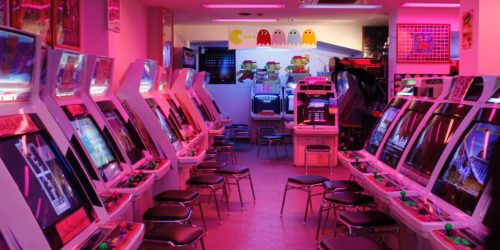
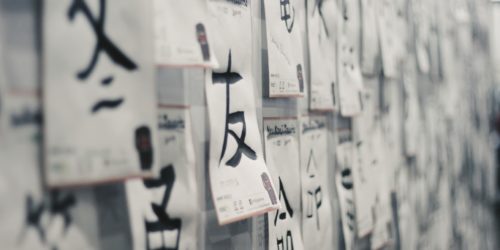
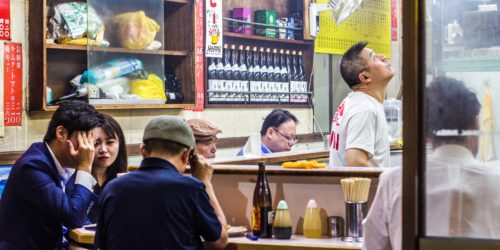


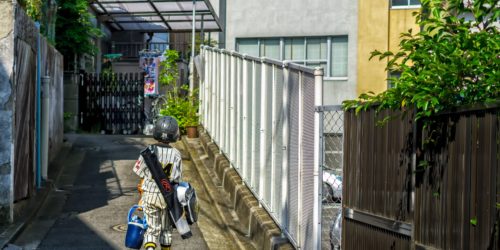
Sama Zama : Another Westport joint, Sama Zama offers Japanese favorites like tonkotsu and miso ramen, but don’t turn down the yaki udon bowl if you’re craving a thicker noodle.